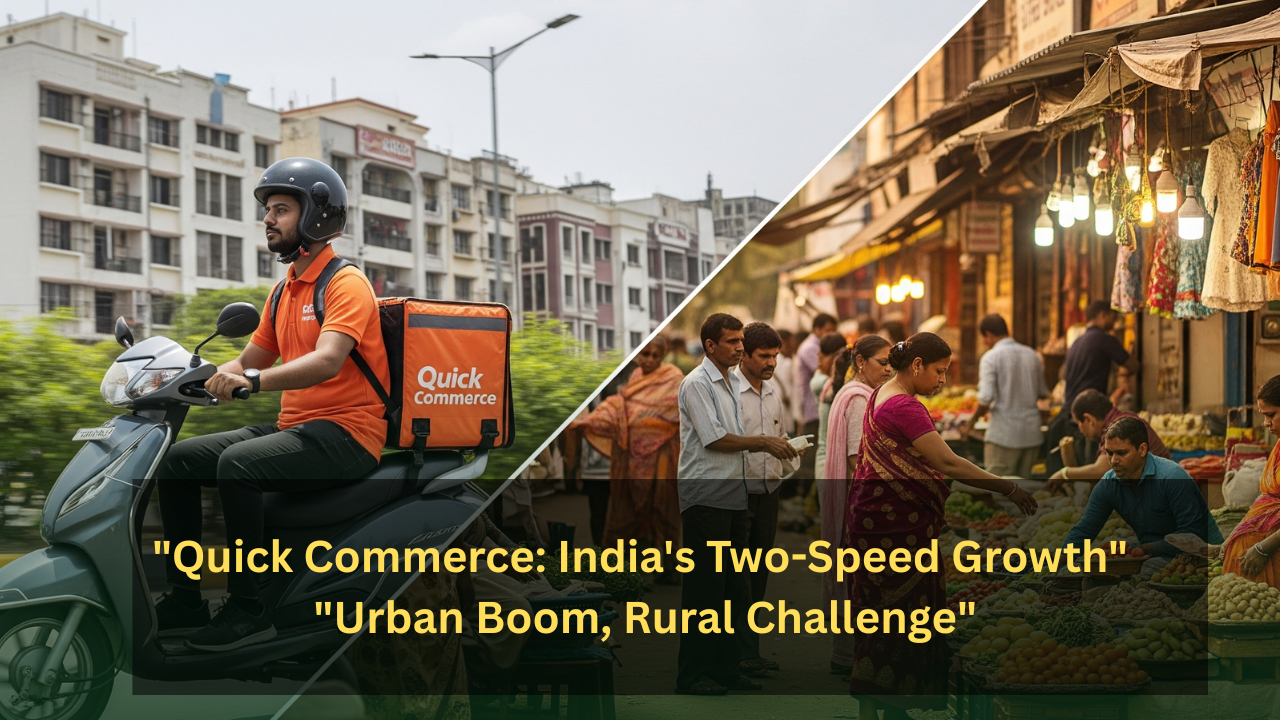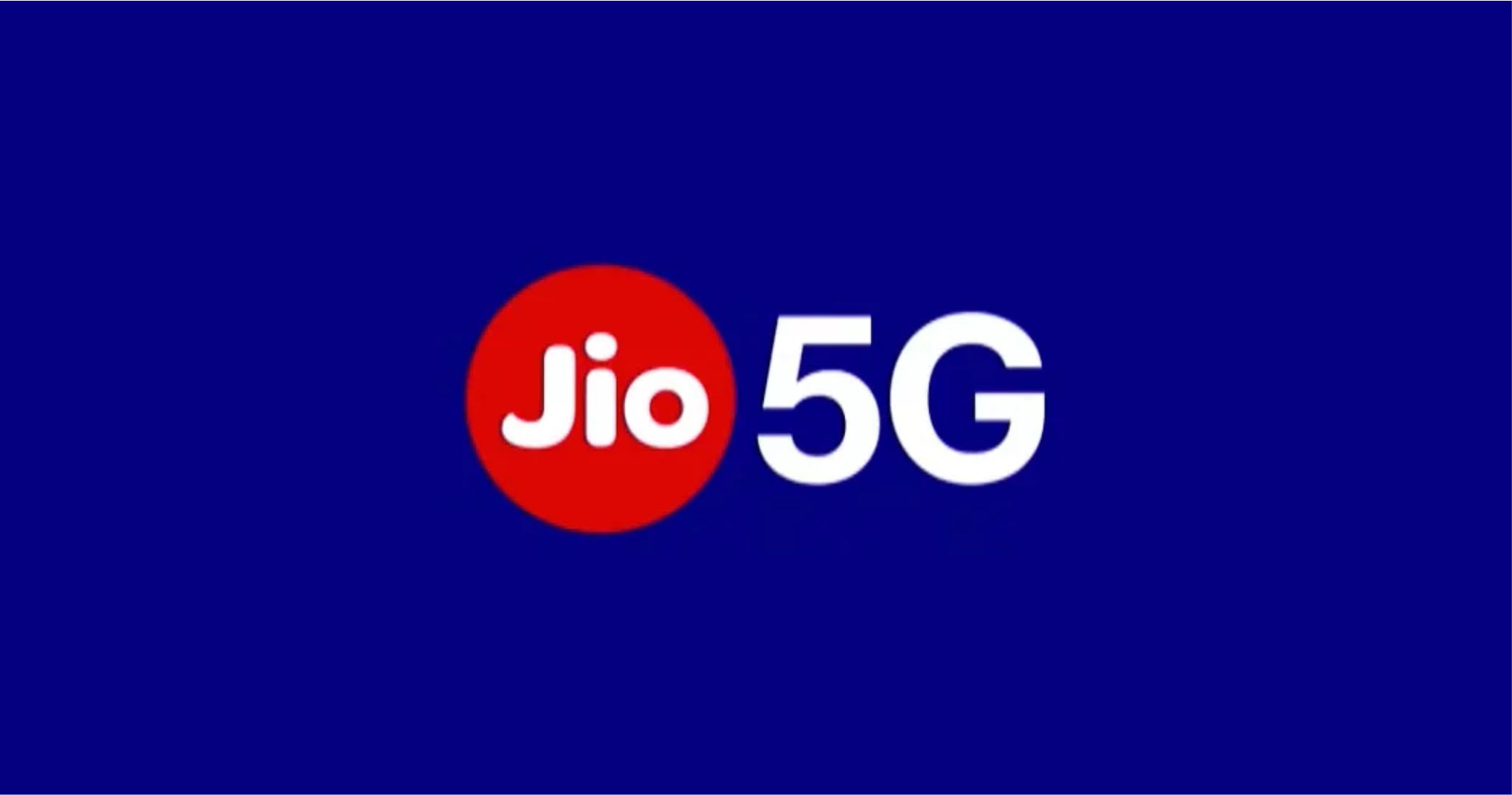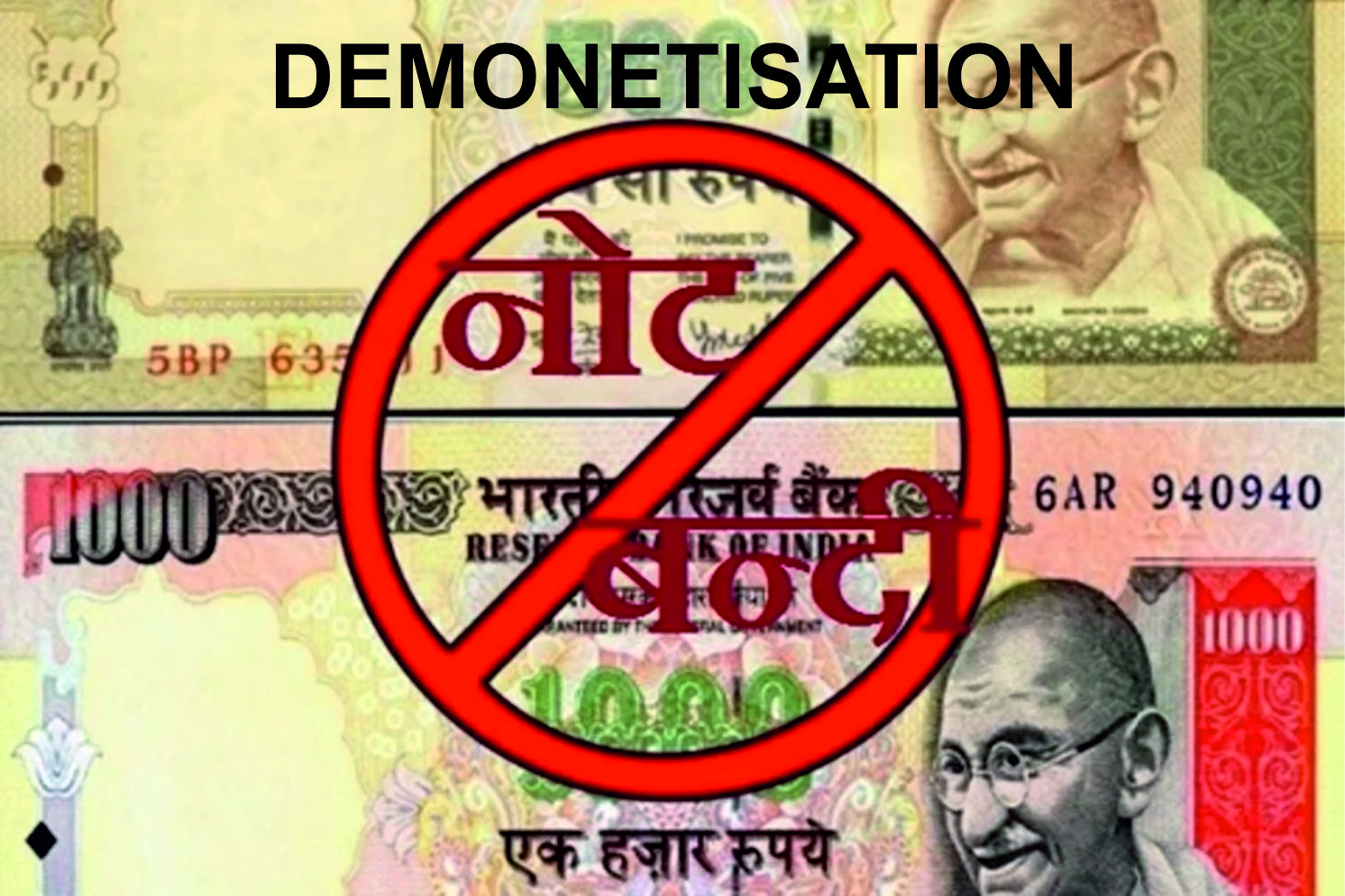India's Quick Commerce: The Growing Divide Between Metropolitan Rush and Non-Metro Reality

Mumbai, India – July 4, 2025 – India's quick commerce sector is undeniably on a fast track, witnessing an astounding nearly 150% year-on-year growth in the first five months of 2025. This surge is predominantly driven by the bustling metropolitan cities, where the promise of instant gratification for daily essentials has deeply resonated with consumers. However, a recent report by Redseer (an India-based strategy consulting firm) highlights a significant "quick commerce divide," revealing that non-metro cities are lagging considerably, prompting a strategic re-evaluation for platforms aiming for pan-India dominance.
Metros: The Epicenter of Rapid Adoption
In urban hubs, quick commerce has cemented its position as a game-changer. The model, which leverages "dark stores" (micro-warehouses) for rapid last-mile delivery, aligns perfectly with the metro consumer's lifestyle, characterized by time constraints, high digital literacy, and a willingness to embrace convenience. The intense competition among major players like Blinkit, Swiggy Instamart, and Zepto, coupled with the aggressive expansion of product categories beyond just groceries, has fostered a hyper-efficient ecosystem. This has led to a remarkable shift in consumer behavior, with quick commerce now driving 6-8% incremental demand in user households, not just a cannibalization of existing channels, as per Kearney (a global management consulting firm).
Non-Metros: Navigating the Headwinds
Despite quick commerce platforms expanding their footprint to over 100 cities, non-metro regions contribute a mere 20% to the sector's Gross Merchandise Value (GMV). This is strikingly disproportionate to their 60-70% share in India's overall retail market across the top 100 cities, indicating a vast, yet challenging, untapped potential.
Several factors contribute to this lag in non-metros:
-
Weak Demand & Digital Maturity: Lower digital literacy and trust in online platforms limit usage frequency. Daily orders per dark store plummet sharply beyond the top 10-15 cities, often falling below 1,000, underscoring sluggish demand (Redseer).
-
Entrenched Local Habits: Consumers in smaller cities maintain strong, long-standing relationships with traditional kirana (mom-and-pop) stores, which often provide informal credit and free home delivery, reducing the incentive to switch.
-
Population Density and Logistics Costs: Lower population densities in non-metros translate to wider delivery radii and higher associated operational costs, making profitability a significant hurdle. Breakeven throughput for dark stores can be 1.5 to 2 times higher than in metros (Redseer).
-
Localized Preferences: Product assortments tailored for urban demands often fail to resonate with the specific tastes and preferences of non-metro consumers.
Bridging the Chasm: A Reimagined Strategy
The industry recognizes that a "one-size-fits-all" approach will not succeed in unlocking the non-metro opportunity. Kushal Bhatnagar (Associate Partner at Redseer) emphasizes the need for "hyper-local strategies, deeper demand and supply understanding, and operational agility."
Key strategies for quick commerce players to bridge this divide include:
-
Tailored Product Offerings: Curating assortments that cater to the unique local preferences of smaller towns, moving beyond standardized metro offerings.
-
Building Digital Trust: Investing in initiatives that enhance digital literacy and build confidence in online transactions, potentially through localized marketing and community engagement.
-
Optimized Logistics & Hybrid Models: Exploring innovative delivery models to manage costs effectively in less dense areas, possibly integrating with existing local retail networks.
-
Focusing on Bright Spots: Identifying and prioritizing growth in "bright spots" like student hubs (e.g., Prayagraj, Varanasi) and affluent towns (e.g., Chandigarh), which have shown promising demand.
Kearney projects the quick commerce grocery market in India to triple in size between 2024 and 2027, reaching ₹1.5-1.7 lakh crore. However, achieving this ambitious growth trajectory and ensuring its sustainability hinges on effectively navigating the quick commerce divide, adapting strategies to the unique nuances of non-metro India, and demonstrating that instant convenience can indeed thrive across the entire nation.



 224
224

 The BharatBiz
The BharatBiz
 16
16

